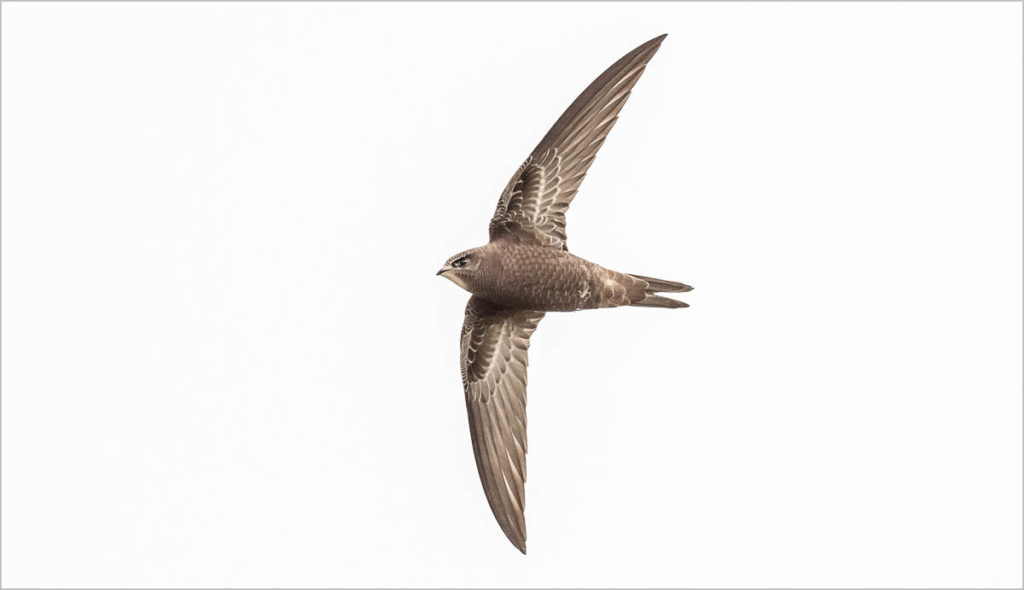
Over a difficult summer I’ve not been able to do half as much work as I would have wanted, Covid and other problems have meant far fewer hours out and about, but when in Liverpool, helping out with mum after the first lockdown, I was able, on a good number of evenings, to spent time with Swifts.
On the edge of the mosses at a particular spot they would gather in large numbers and flying low, at times really low, give some spectacular flybys. On occasions you could hear them slicing the air as they ripped past.
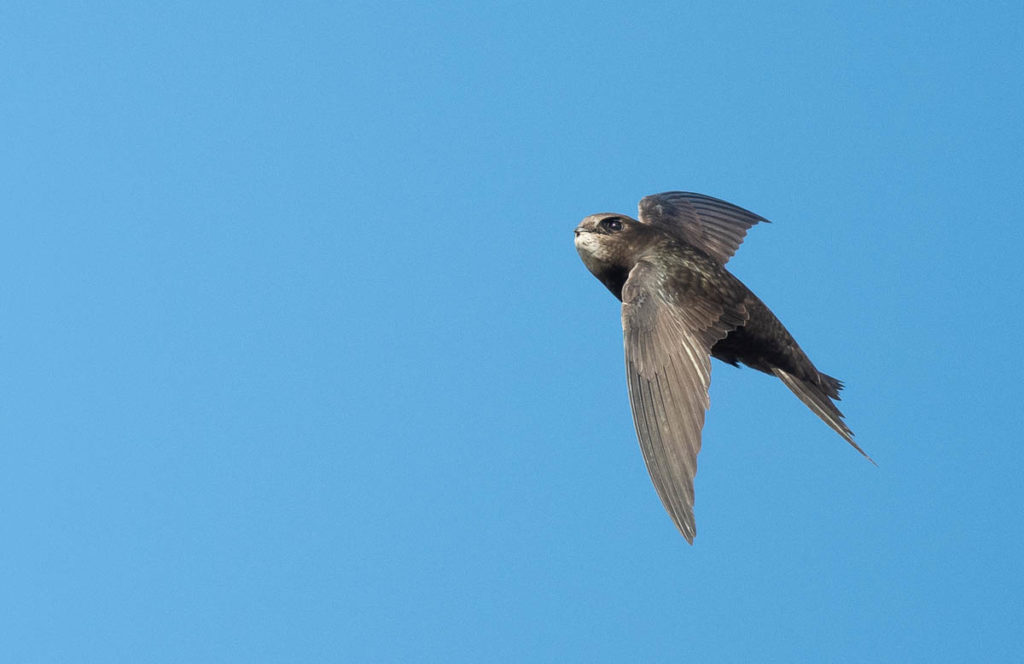
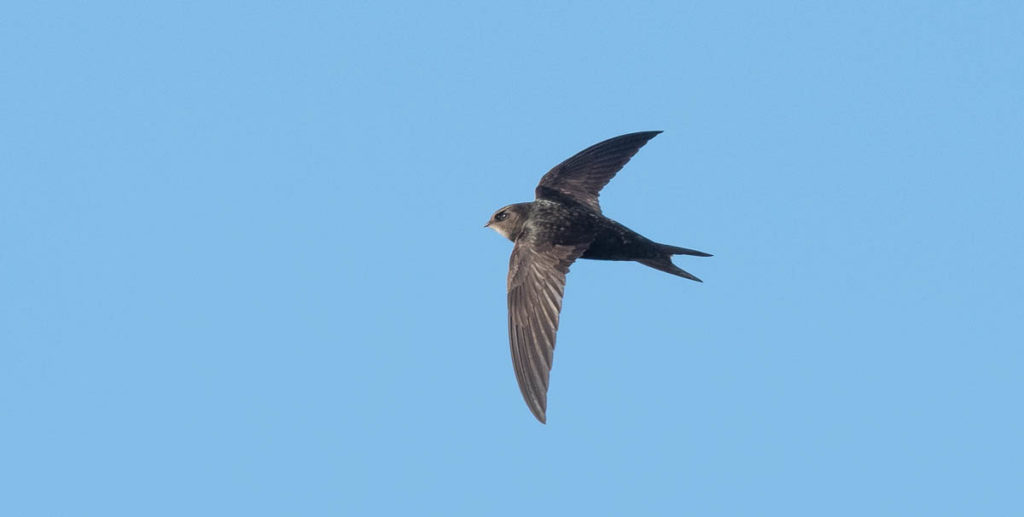
I’ve not really managed to get anything of Swifts before that I’ve been satisfied with, so here was a chance to really work with them for a good number of hours. The first few days the sky was heavily overcast, flat light which is good but you’d have to over expose by a good two and a half stops to get any detail in the bird and accept that the sky would wash out completely.
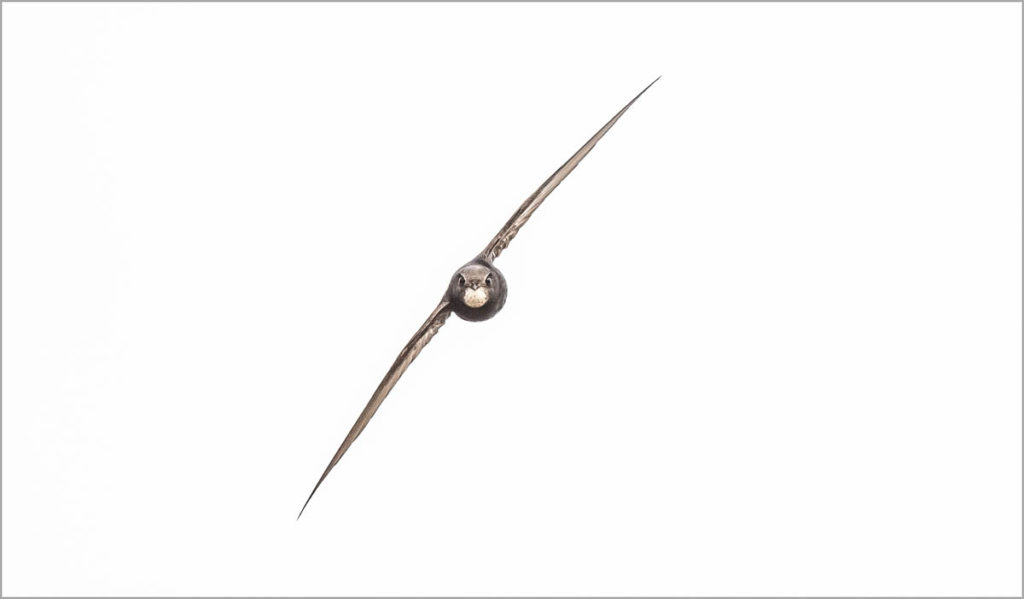
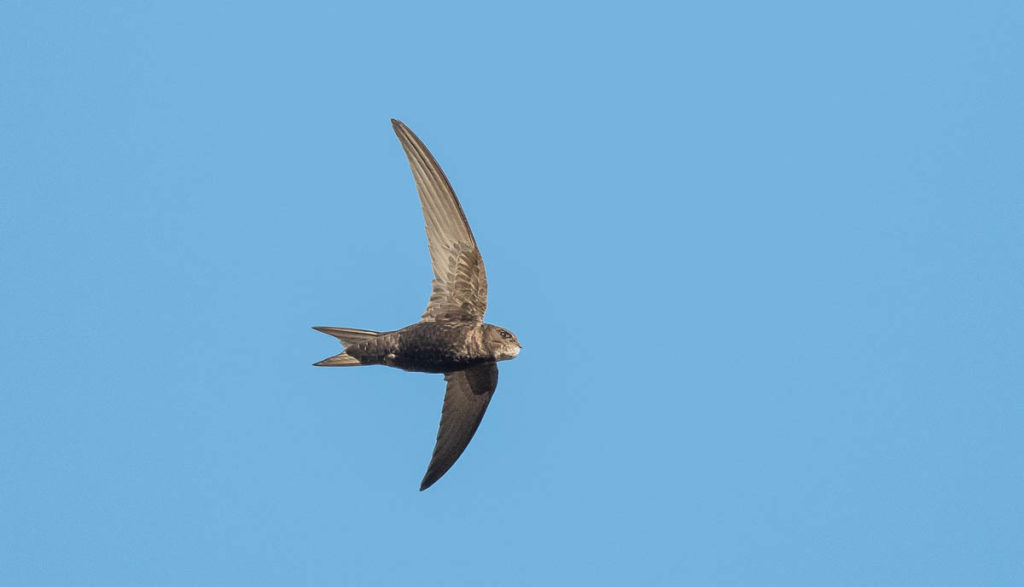
Not a problem, but over exposing so much meant that to gain the speeds necessary to have any hope of arresting them in flight the ISO would climb, but with the quality of the current DSLRs you can live with this.
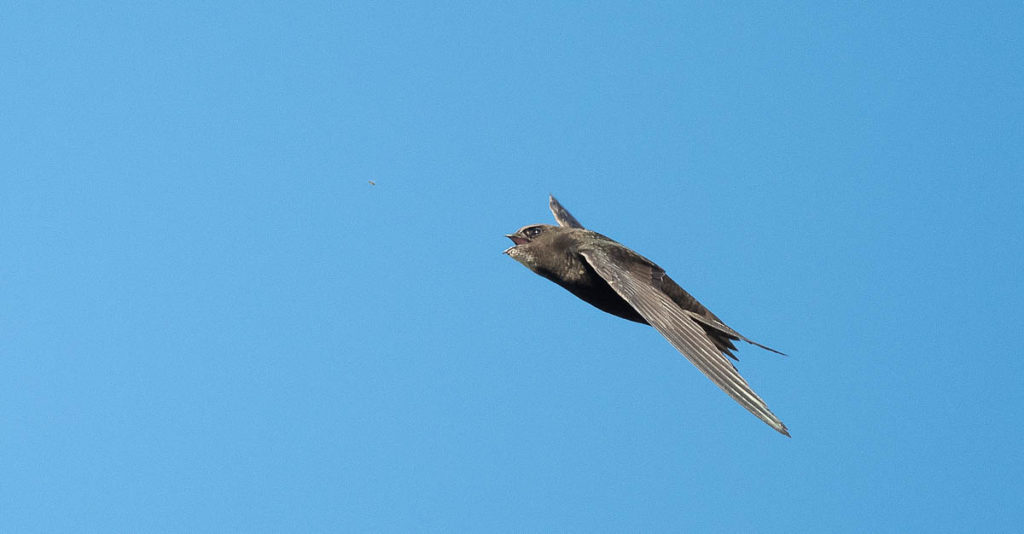
Blue skies later on over the week meant better ‘film speeds’ could be achieved even with the over exposure but it was not easy to hold the blue of the skies, On these occasions too the Swifts were not quite as low, but would make the occasional foray close to ground.
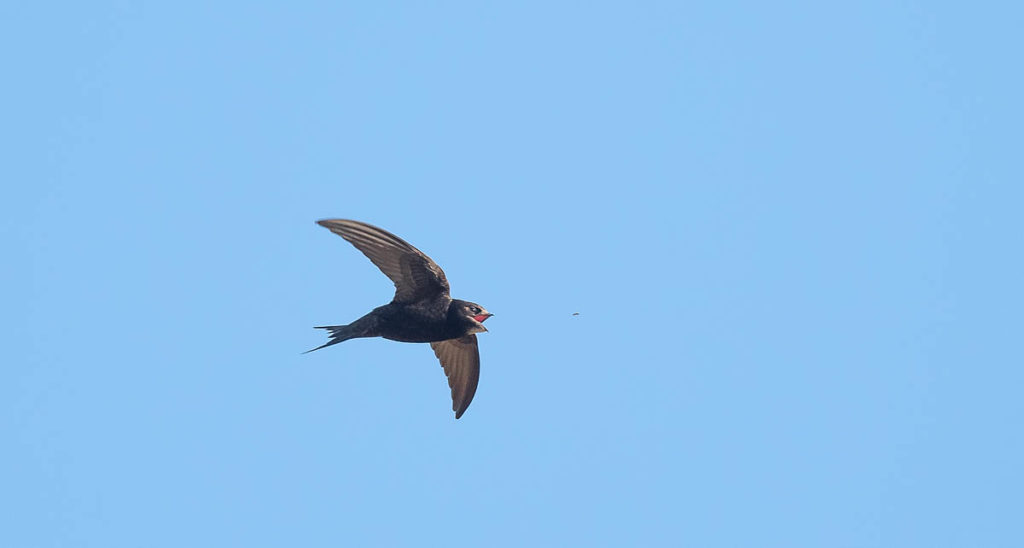

Focus settings varied, from single focus through continuous to, at times, 3D. They all have their advantages. I wanted a range of shots if possible, head on, upper and lower wings and I also wanted to try for their massive gape heading towards insects, they open it at the last split second rather than trawl with it. What struck me though, was the shape that the Swifts took on in all the images I made, never the same and sometimes totally unexpected.
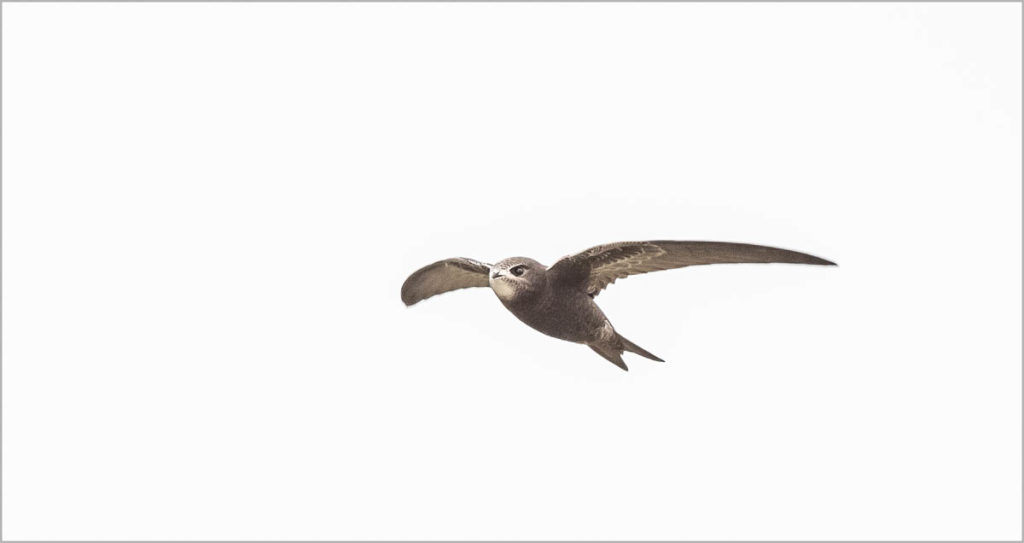
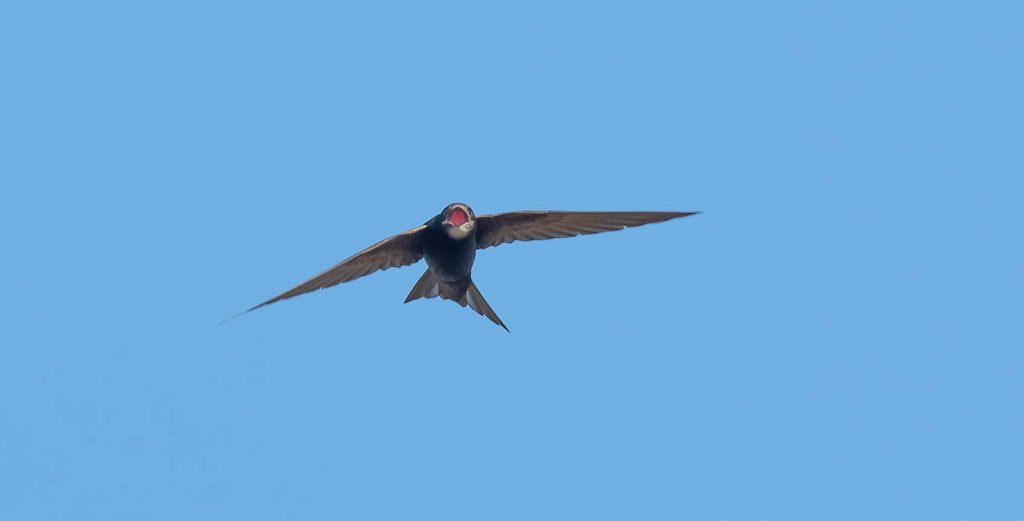
So, many images and days later, I got most of what I was after, but more than this watched them at close quarters for many hours and marvelled at their command of the air. During the time I worked with them, in the evenings, I read the classic ‘Swifts in the Tower’ by David Lack. The recent publication has a chapter by his son, Andrew, updating the book with what we now know of these remarkable birds, the original having been first published on 1956.
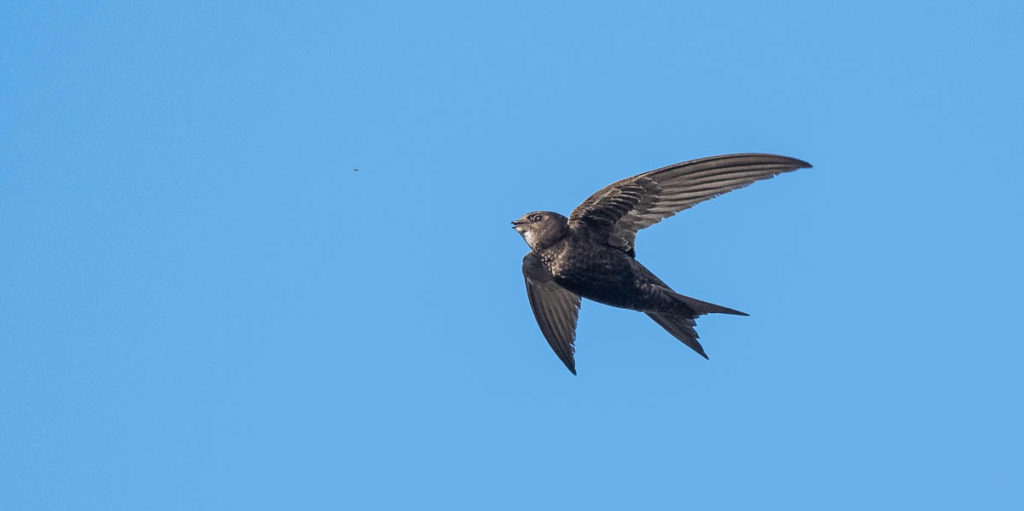
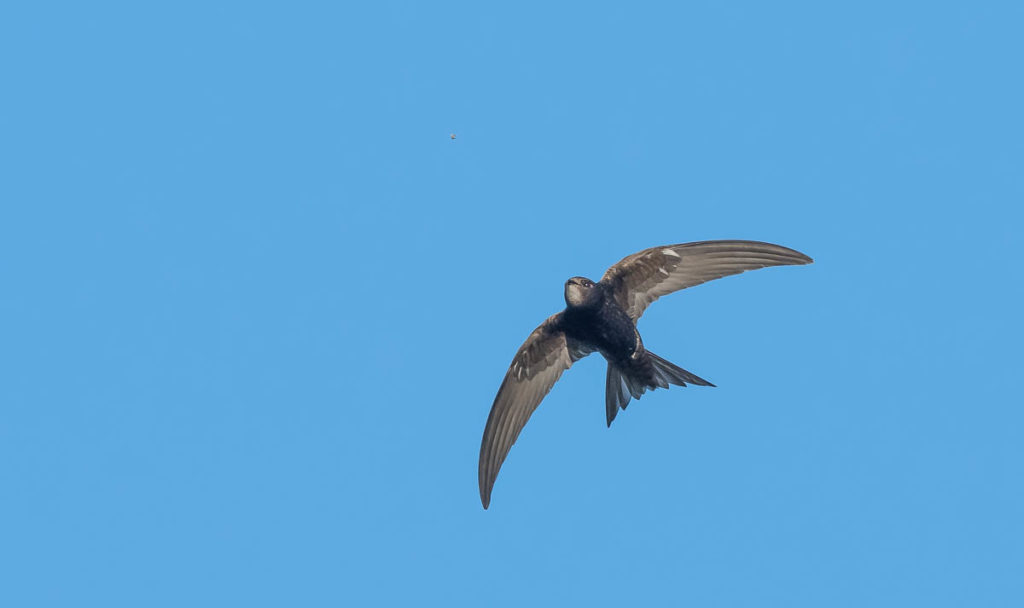
So if nothing much else this summer, and there were a few other highlights, it was a privilege to spend many hours with a bird that defies so much of our understanding. Like so many of our birds though, the Swift is in trouble with massive declines over the last twenty years and what I witnessed this summer is becoming increasingly difficult to experience.
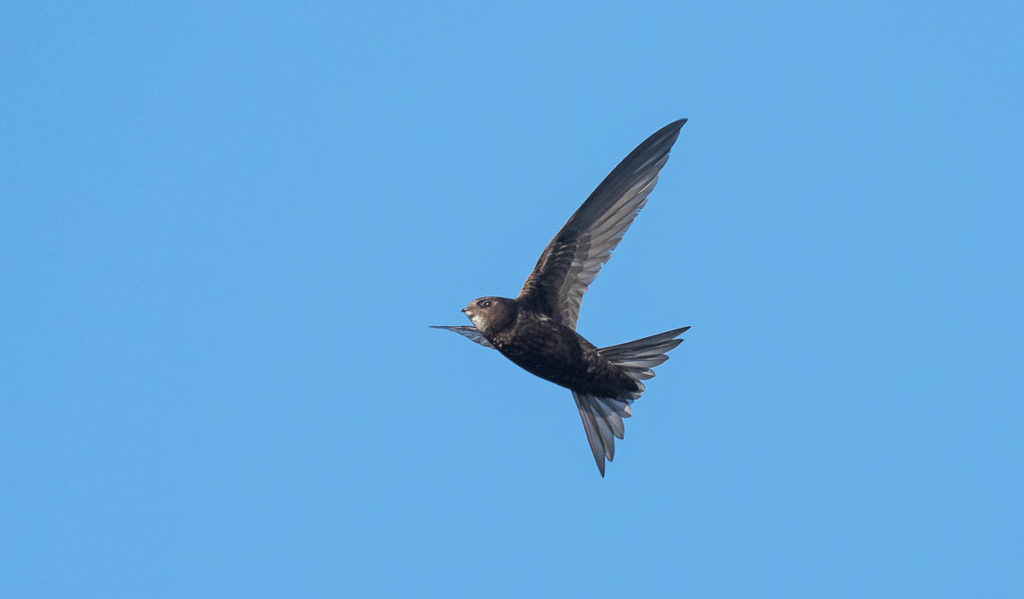
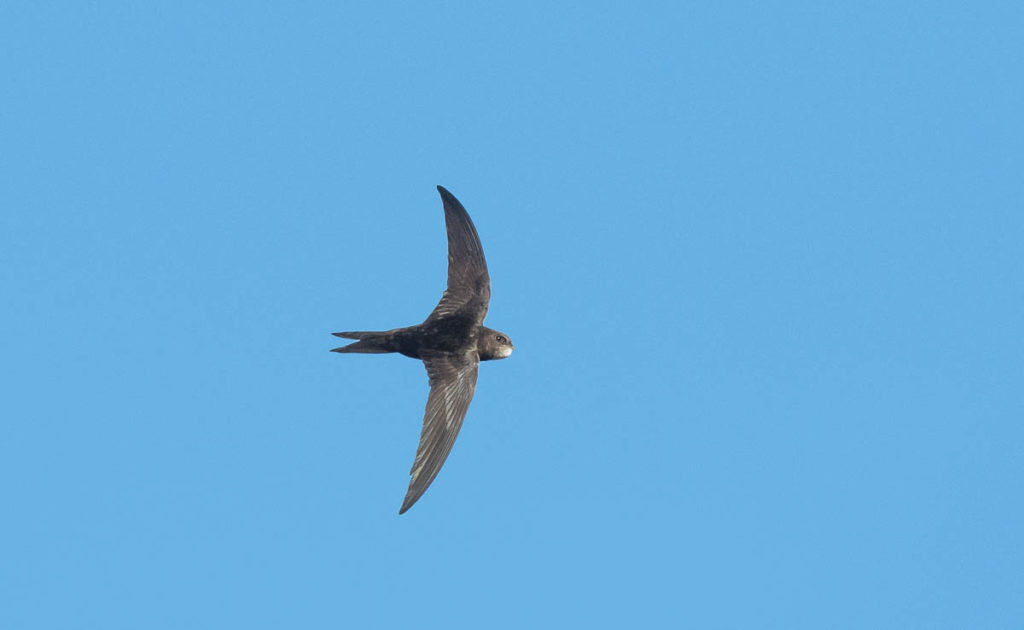

Wow! Stunning pictures.. In the last house I lived in swifts nested under the eaves but I did not realise until now how fascinating and beautiful they are.
Thank you Tim.
Many thanks for sharing images of these amazing birds,I’ve been trying to get good photos of them for a few weeks now,but I’m getting silhouettes most of the time,I’m not giving up though.